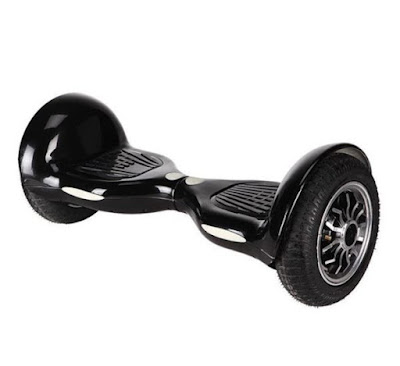Some decades ago, people would probably have smirked at this idea, but, as of now, it has become a global trend, impressing both kids and adults alike.
It was in the late 80s when the movie Back to the future showcased a free-flying skateboard-like object, making it a rage in the world. None would have that this “fictional” thing could turn up real and mesmerize everyone.
Well, the scientists and self-made inventors had it in them. 2015 was the year when hover boards found a prominent recognition when a Romanian-born Canadian inventor named Catalin Alexandru Duru brought the best hoverboard onto the table.
It was in the late 80s when the movie Back to the future showcased a free-flying skateboard-like object, making it a rage in the world. None would have that this “fictional” thing could turn up real and mesmerize everyone.
Well, the scientists and self-made inventors had it in them. 2015 was the year when hover boards found a prominent recognition when a Romanian-born Canadian inventor named Catalin Alexandru Duru brought the best hoverboard onto the table.
How does it work?
The innards of a self-balancing scooter aren’t often a topic among users, except those enthusiasts who love creating similar gadgetry. People would, in fact, love to term it as a “magic” board that hovers on its own.
The general componentry of a hoverboards includes:
Logic Board
Infrared Sensors
Gyroscope
Electric motors with speed/tilt sensors
LED lights
Footpads
Pressure plates
Frame with a central pivot
Power switch
Battery (Lithium-ion)
Charging port
The assembly of these components makes it a fully functional hoverboard that lets anyone harness the joy in their kid-like soul. In specific, it is the logic board that receives the signals from sensors to activate the motion, whether it is the speeding, tilting, or inclining action. Not so surprisingly, this “magical” device can help you carry out best workouts on your core muscles.

No comments:
Post a Comment